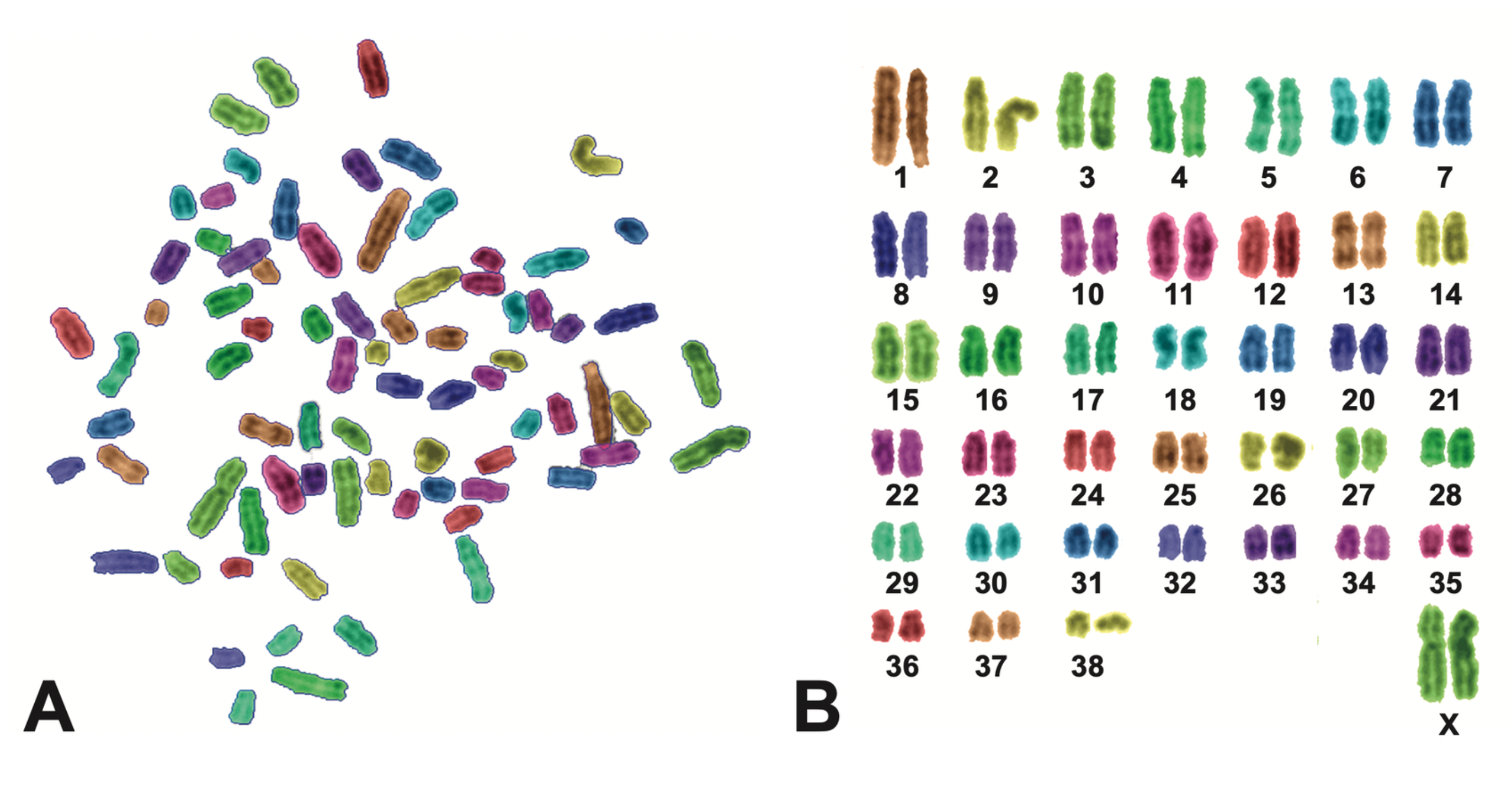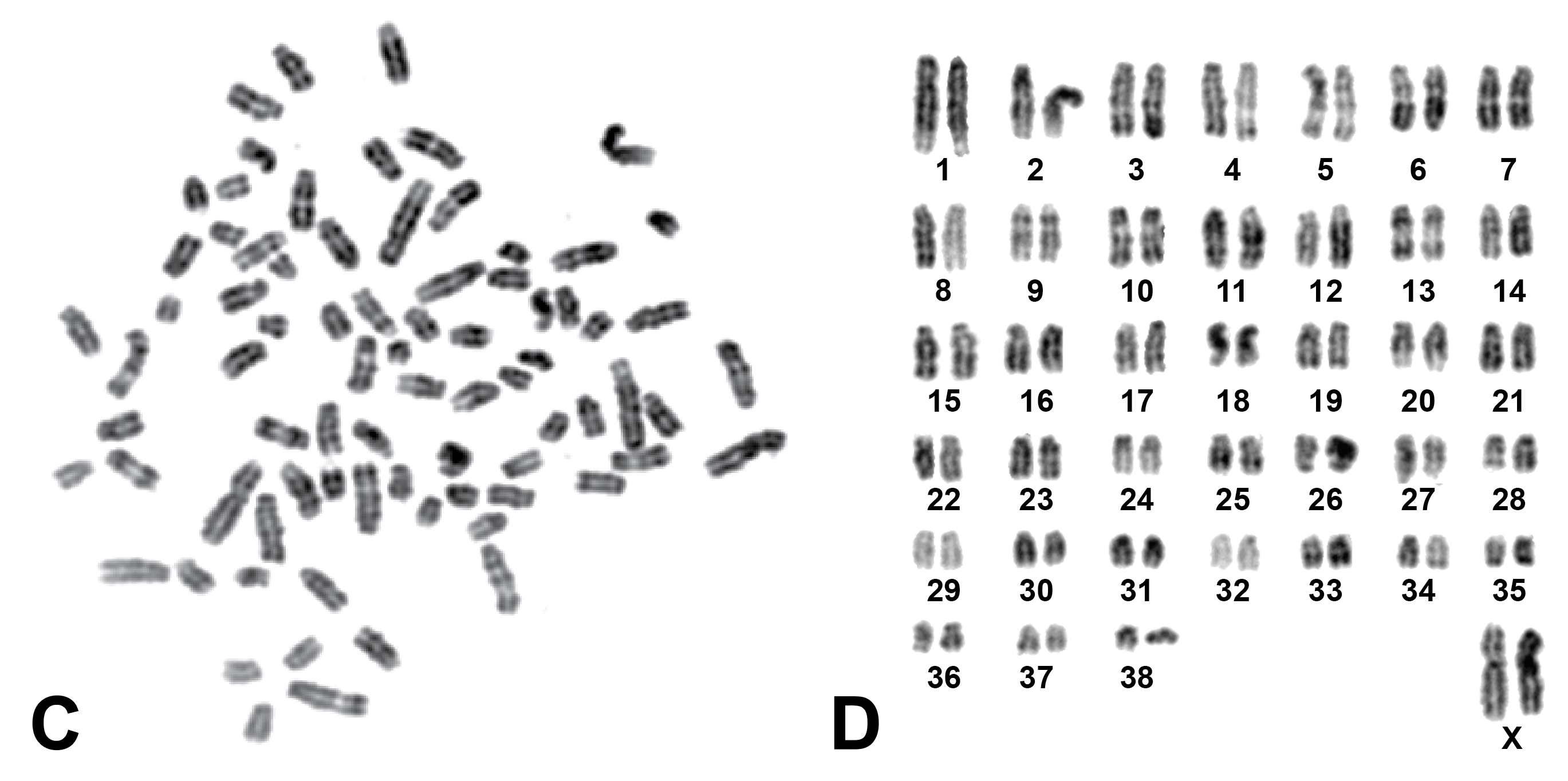Dogs of Chernobyl – A Genetic Analysis
In collaboration with Norman Kleiman at Columbia University, and others, we have been using genetic approaches to study a population of dogs living around the Chernobyl Nuclear Power Plant in Ukraine.
Following the nuclear disaster at the power plant in April 1986, residents from surrounding towns and villages were evacuated. Evacuees were forced to leave behind their companion animals. These abandoned pets, including dogs and cats, and agricultural livestock were targeted by liquidators in an attempt to control the potential spread of radiation. The Breen lab is focused on the dogs currently residing in the region, which are the supposed descendants of those who evaded the liquidators. Over time the resident dog population has been exposed to a variety of toxicants, including radioactive particles, heavy metals, and organics. So far, we have worked to understand the genetics and structure of two different populations of Chernobyl dogs with differential exposures: one living in the immediate vicinity of the power plant, and one living 16 km away in Chernobyl City. We aim to use this information in our search for genetic evidence of local adaptation and to better understand any consequential health effects of these exposures.
In March 2023 we published the results of two complementary scientific studies about our work with the dogs of Chernobyl, one with our collaborators at the NIH (Spatola et al, 2023) and the other independently (Dillon et al, 2023).
In late 2024 we published two further studies:
The first was a population genetic study (Dillon et al, 2024a) in which we aimed to address the possibility that dogs living close to the nuclear power plant had experienced an increase in their DNA mutation rate compared to dogs living further away in Chornobyl city and elsewhere, and that this would explain the genetic differences between such populations. We investigated large and small scale changes to the genome through studying the chromosome structure, microsatellite diversity metrics, and by looking for evidence of recently derived alleles. We do not find evidence that a higher mutation rate in these Chernobyl Nuclear Power Plant dogs is driving this genetic divergence between the populations.
The second was a study (Dillon et al 2024b) in which we investigated ticks and tick-borne pathogens from these two dog populations. Over 100 ticks were collected from dogs at both the Nuclear Power Plant and Chernobyl City locations. We used PCR and quantitative PCR to detect pathogens of interest in the ticks, including Anaplasma phagocytophilum, Borrelia burgdorferi sensu lato, Babesia spp., Bartonella spp., Francisella tularensis and general Anaplasmataceae. We also developed a droplet digital PCR assay to detect Babesia canis and A. phagocytophilum in the dog samples. Overall, we find that the ticks at the Nuclear Power Plant, where contamination is far greater, have a higher prevalence of A. phagocytophilum and B. burgdorferi. Conversely, the dogs at the Nuclear Power Plant have a significantly lower prevalence of A. phagocytophilum. This work highlights a contrast in pathogen prevalence for both tick and dog populations at these two sites and adds an interesting new component to the field of Chernobyl ecology. Some of these pathogens are zoonotic, and can be transmitted from animals to humans, so it is important to understand how the contamination from the Chernobyl disaster may impact the vectors and pathogens in this region.
Image below shows (A, C) a DAPI banded metaphase spread and (B, D) the associated karyotype, of a female dog located at the Chornobyl Power Plant. Chromosomes in A and B have been tinted to highlight chromosome pairs. Images prepared with SmartType v3.4.12 (Digital Scientific, UK). Detailed karyotype analysis of multiple dogs living at the Power Plant did not detect any gross changes to their genome architecture.


Copyright © 2022 Dr. Matthew Breen – Home | News | Publications | Lab Personnel | Contact Us | Useful Links